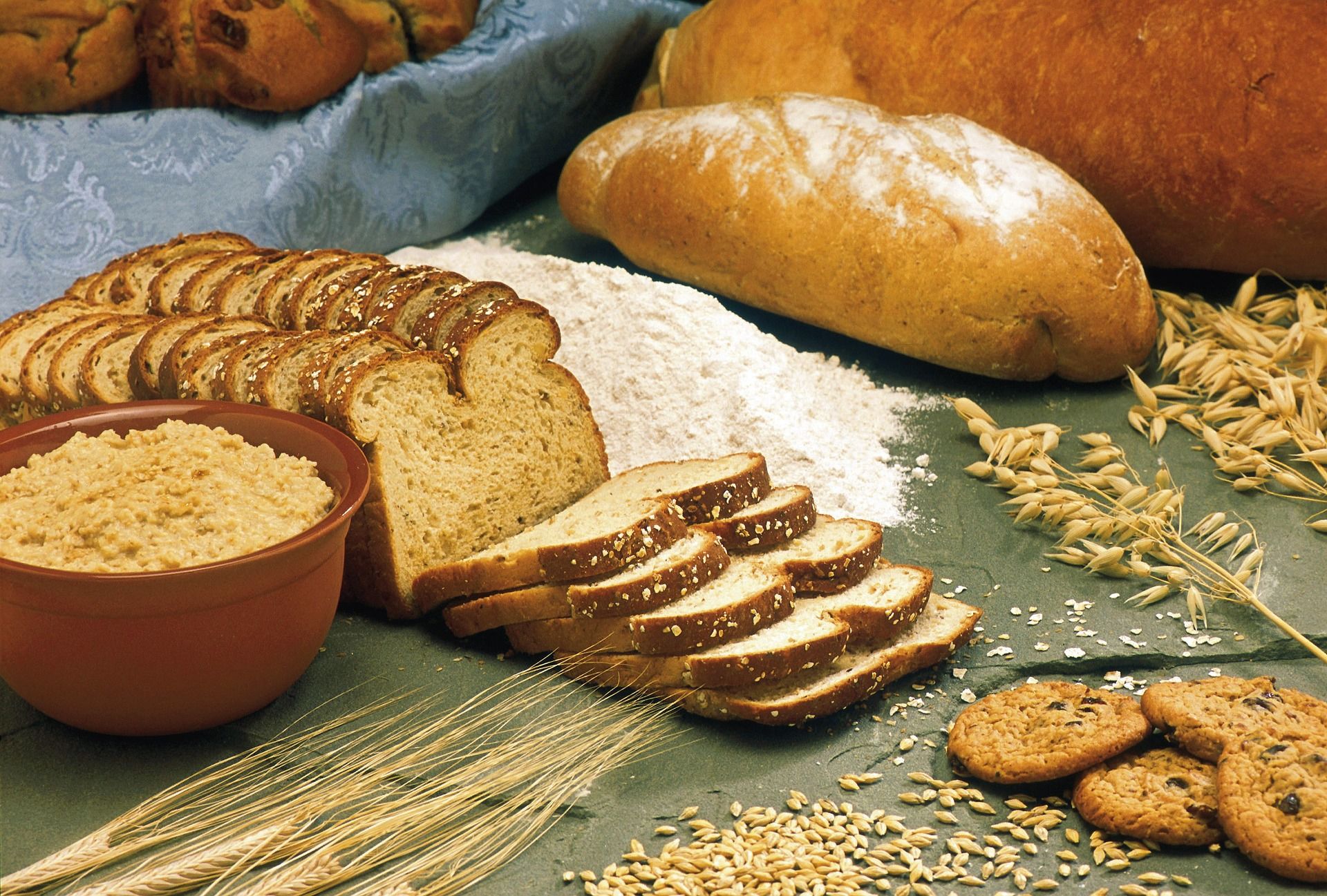Article
Increased Consumption of Whole Grains Tied to Lower Diabetes Risk
Author(s):
An analysis of 3 major prospective studies suggests consuming whole grain foods was associated with a lower rate of type 2 diabetes.
Whole grain food items.

Research from a new study examining diet and nutrition is shedding new light on the impact of consuming more whole grain foods on a person’s risk of developing type 2 diabetes.
Results of the study, which examined data from 4 million years of follow-up data, indicate those in the highest category of whole grain consumption had a 29% lower rate of developing type 2 diabetes than those in the lowest consumption category.
With a greater emphasis being placed on nutrition science and understanding how diet impacts disease processes, a team of investigators from Harvard and Brigham and Women’s Hospital sought to determine how associations between intake of total and individual who grain foods impacted the risk of type 2 diabetes. To do so, they designed an analysis using data from the Nurses’ Health Study, the Nurses’ Health Study II, and the Health Professionals Follow-up Study.
From these 3 prospective studies, investigators identified a total of 158,259 women and 36,325 men free of type 2 diabetes, cardiovascular disease, and cancer at baseline. All patients included in the study completed a 116-item food frequency questionnaire.
In Nurses’ Health study, subjects completed the questionnaire in 1984, in 1986, and again every 4 years after. In Nurses’ Health Study II and Health Professionals Follow-up study, the questionnaire was completed every 4 years. For the purpose of comparing varying levels of whole grain consumption, investigators categorized subjects from the 3 studies into 5 groups based on servings per day consumed.
Specific items of interest in the analysis were whole grain cold breakfast cereal, oatmeal, dark bread, brown rice, popcorn, wheat germ, and added bran. The primary outcome of interest for the analysis was type 2 diabetes, which occurred in 18,629 subjects during the 4,618,796 person-years of follow-up.
Upon adjustment for lifestyle and dietary factors, results indicated subjects in the highest group of total whole grain consumption lowered their rate of type 2 diabetes by 29% (HR, 0.71; 95% CI, 0.67-0.74; P <0.001) compared to those in the group with the lowest whole grain consumption.
In pooled analyses examining individual whole grain food items, consuming 1 or more servings a day compared to those consuming less than 1 serving a month yield a 19% reduction in risk for whole grain cold breakfast cereal (HR, 0.81; 95% CI, 0.77-0.86), a 21% reduction for dark bread (HR, 0.79; 95% CI, 0.75-0.83), and an 8% increase for popcorn (HR, 1.08; 95% CI, 1.00-1.17).
When assessing those with lower than average intake levels, consuming 2 or more servings a week compared with less than once a month yielded a 21% reduction in risk for oatmeal (HR, 0.79; 95% CI, 0.75-0.83), a 12% reduction for brown rice (HR, 0.88; 95% CI, 0.82-0.94), a 15% reduction for added bran (HR, 0.85; , and a 12% reduction for wheat germ (HR, 0.88; 95% CI, 0.78-0.98).
“These findings provide further support for the current recommendations that promote increased consumption of whole grain as part of a healthy diet for the prevention of type 2 diabetes,” wrote study investigators.
This study, “Intake of whole grain foods and risk of type 2 diabetes: results from three prospective cohort studies,” was published in The BMJ.




